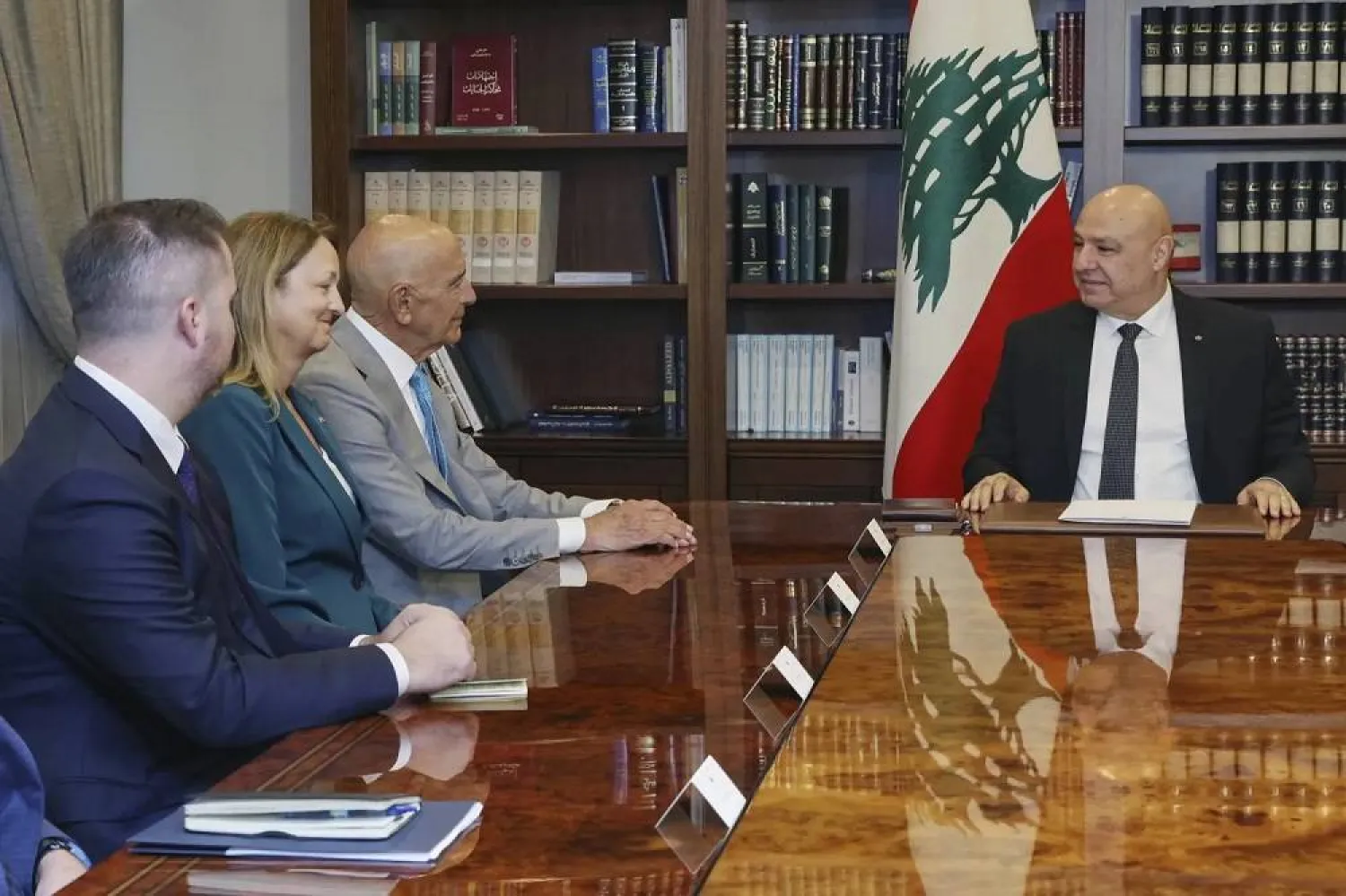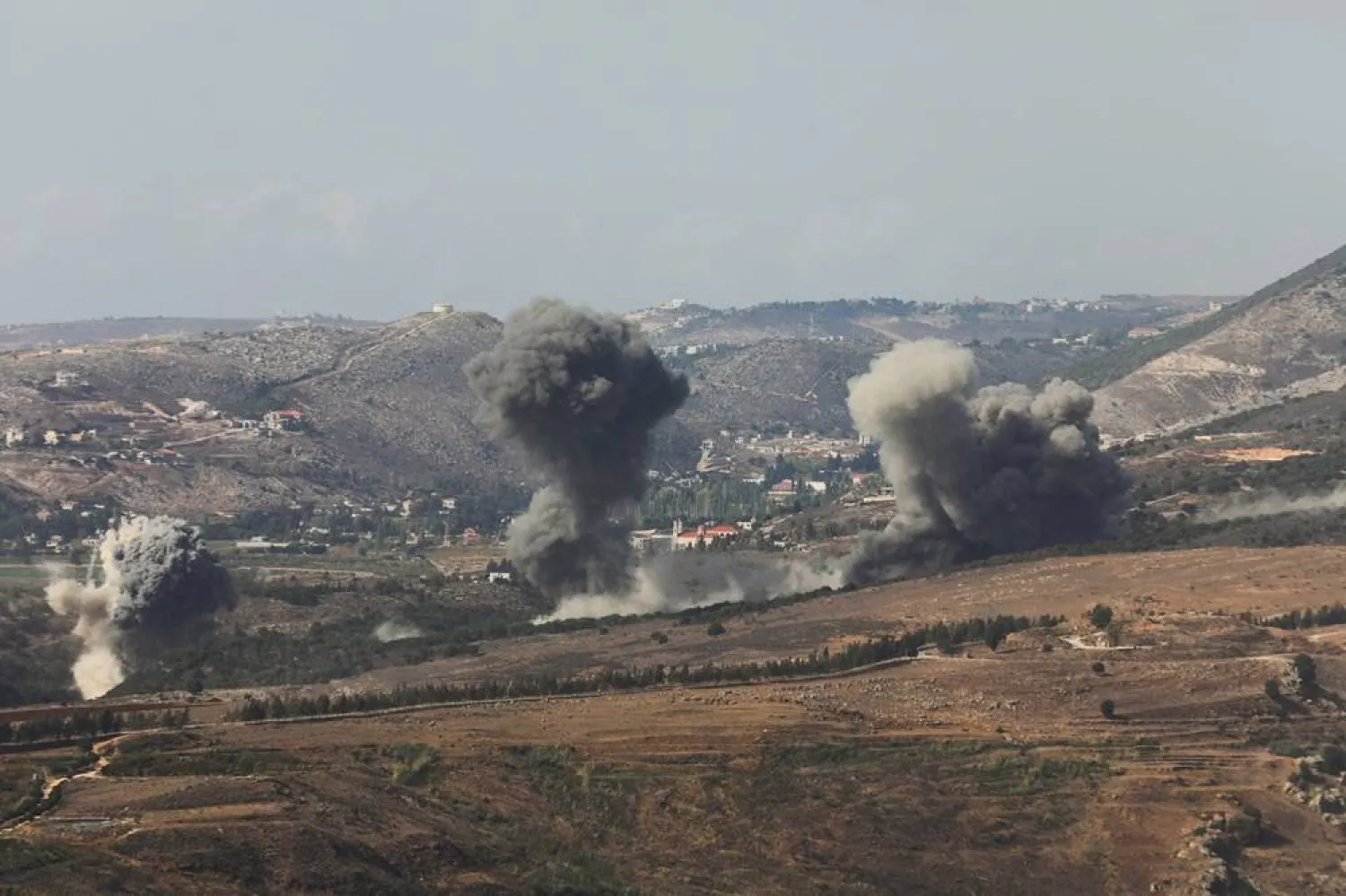Washington has set seven conditions for lifting sanctions imposed under the Caesar Syria Civilian Protection Act of 2019. But to normalize ties with Damascus, the US is demanding authorities in the Levantine country to first meet six conditions, four of which have been set before civil war breaking out in 2011.
With nearly three months having passed since the Biden administration took over in Washington, it is becoming more and more evident that Syria is not an immediate priority for the new US leadership.
While the previous two US administrations appointed a special envoy to Syria, US President Joe Biden has not yet done so, although he has assigned special envoys to Lebanon and Iran.
Brett McGurk, the former US envoy for the International Coalition against ISIS, is now the White House coordinator for the Middle East and North Africa and is responsible for maintaining light supervision of US policy on Syria.
Nevertheless, the US continues to impose sanctions to pressure the Syrian regime headed by President Bashar al-Assad to comply with implementing UN Security Council Resolution 2254, which calls for a ceasefire and a political settlement in Syria.
But the Syrian regime can get rid of the bans if it gets the incumbent US president to agree it had met Caesar Act’s seven conditions for suspending sanctions.
The seven criteria include the following:
i. The Syrian and Russian governments cease using Syrian airspace to target civilian populations
ii. Areas of Syria not under government control are no longer cut off from international aid and have regular access to humanitarian assistance, freedom of travel and medical care
iii. The Syrian government release all political prisoners and allow access to detention facilities
iv. The Syrian government and its allies cease the deliberate targeting of medical facilities, schools, residential areas and other civilian targets
v. The Syrian government take steps to fulfill its obligations under the Chemical Weapons Convention and the Treaty on the Nonproliferation of Nuclear Weapons, and make “tangible progress” toward becoming a signatory to the Convention Prohibiting Biological and Toxin Weapons
vi. The Syrian government permit the safe, voluntary, and dignified return of Syrians displaced by the conflict
vii. The Syrian government takes “verifiable steps” to establish meaningful accountability for perpetrators of war crimes in Syria and justice for victims of war crimes committed by the Assad government.
But for the Syrian regime to get Washington to normalize ties with Damascus it must fulfill different conditions that have been put in place by the former Trump administration.
According to the peace plan drafted by the ex-Secretary of State Mike Pompeo, the Assad government would have to stop supporting terrorism, Iran’s Revolutionary Guard, and the Lebanon-based Hezbollah militia.
It would also need to cease threatening neighboring countries, give up weapons of mass destruction, back the voluntary return of Syrian refugees and deliver war criminals to justice.
Some are arguing that US sanctions could be adversely affecting Syrians who are already suffering the scourge of an ongoing civil war and the fallout of a crippling economic crisis. But since coming to power, the Biden administration has launched a general revision of US sanctions everywhere based on ensuring they do not restrict the flow of humanitarian aid and efforts to fight the coronavirus pandemic.









